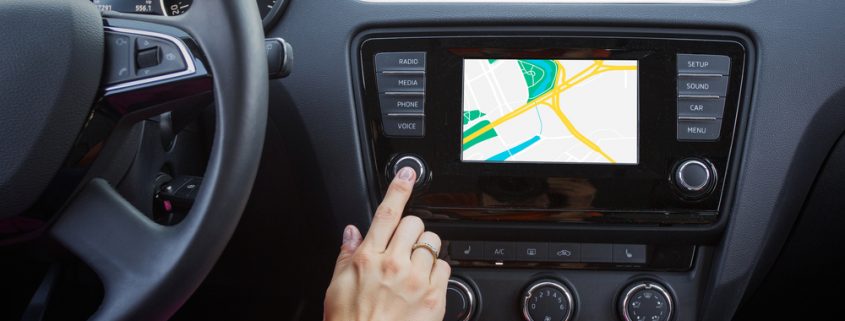What Is A LIDAR System?
New technology has been used by geologists these days, particularly the light detection and ranging (LIDAR) mechanism, a remote sensing method to examine the surface of the Earth.
The process used by LIDAR employs light in the form of a pulsed laser that is able to measure ranges or variable distances to the Earth. The combination of light pulses and other recorded data through an airborne system will be able to generate three-dimensional information of the Earth’s surface and its characteristics.
A LIDAR instrument includes:
- Laser
- Scanner
- Specialized GPS receiver
Two Types of LIDAR:
- Bathymetric – This type of LIDAR uses water-penetrating green light to measure the riverbed and seafloor elevations.
- Topographic – This typically maps the land by using a near-infrared laser.
Mapping professionals and scientists are able to examine both manmade and natural environments via LIDAR systems to achieve accurate, flexible, and precise results. National Oceanic and Atmospheric Administration scientists use LIDAR so that they can produce more accurate shoreline maps, assist in emergency response operations, make digital elevation models for geographic information systems, and many other relevant applications.
But LIDAR is not only limited in geography since scientists were able to use this technology to detect angle, distance, and velocity with high precision. Basically, LIDAR is able to classify objects, detect lane markings, and may also be utilized to position an autonomous vehicle more accurately.
Sensing Mechanism
LIDAR is a critical sensing mechanism that would enable autonomous vehicles. Automotive manufacturers have now developed and commercialized the next generation of LIDAR systems for automotive application.
There are a number of technologies coming and going, but the question is which one would be appropriate for the future? The most probable option is the use of computer chips to be able to handle higher resolution images. Thus, it would provide more accuracy, particularly the creation of machine vision systems for driving.
This could be made possible with the creation of a custom ASIC (application-specific integrated circuit), a processor optimized for doing machine vision. In fact, an Israeli company has already made four generations of this chip to make it perform better.
LIDAR ASICs
Generally, ASICs are widely used in many applications, including auto emission control, environmental monitoring, and other mobile gadgets. In fact, an ASIC can be custom-made for a particular customer application or a special application.
Nowadays, the next generation of LIDAR ASIC and systems have been developed and commercialized for automotive applications. This can be done using a scalable auto-grade LIDAR sensor, core 3D software technology, and proprietary LIDAR ASIC engine.
According to experts, the first application will be the so-called RoboTaxi segment, which will use commercial and technical interface to customers. However, this has been the focus of controversy due to its cost.
Custom ASICs
The development of custom ASICs is key in its breakthrough on performance and cost. That is why it has been predicted that this technology may not be released until 2020. The good thing though is that this technology has been developed and tested repeatedly to achieve feasible results. Who knows, in a few years from now, LIDAR ASIC will be a technology used in automobiles and other vehicles that people can hardly live without.
Linear MicroSystems, Inc. is proud to offer its services worldwide as well as the surrounding areas and cities around our Headquarters in Irvine, CA: Mission Viejo, Laguna Niguel, Huntington Beach, Santa Ana, Fountain Valley, Anaheim, Orange County, Fullerton, and Los Angeles.






